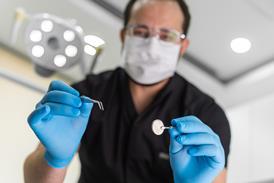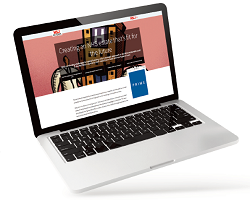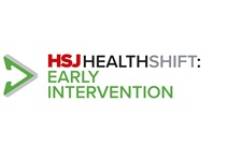The 2025 GS1 UK Healthcare Conference brought together senior NHS leaders, clinicians and policymakers at a pivotal moment for the health service
Sponsored and written by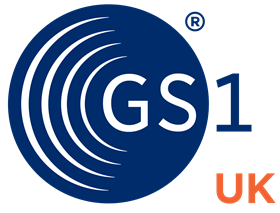
As pressures mount across the system, this year’s event offered a clear message: when it comes to building safer, smarter and more sustainable care, the foundation must be data standards.
Centred on the “4Ps” of Scan4Safety – person, product, place and process – the agenda explored how unique identification and interoperable data are transforming patient safety, procurement and service delivery across the UK. Sessions tackled some of the sector’s most urgent challenges, from system fragmentation to the growing need for traceability and transparency.

Trust leaders were candid about the barriers to progress. Yet many also shared what’s working. Manchester University Hospitals spoke of reducing clinical variation by linking scanned data to outcomes, while Guy’s and St Thomas’ Foundation Trust and NHS Lothian described how real-time location data had improved equipment tracking. Across multiple sessions, there was consensus that successful digital transformation depends as much on culture and leadership as on technology.
Sir Julian Hartley, chief executive of the Care Quality Commission, called for stronger alignment between safety, standards and regulation. “We can’t regulate our way to safety,” he said, “but we can make it easier to do the right thing – and harder to do the wrong one.”
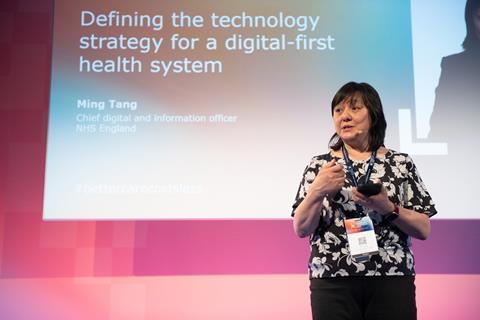
Ming Tang, chief data and analytics officer for NHS England, emphasised the importance of interoperability at the national scale. “We must make sure our data is structured, standardised and shared,” she noted. “That’s how we drive intelligent decision-making, not just reporting.” Her remarks highlighted the importance of embedding consistent data standards across electronic patient records, inventory management systems and national registries.
Equally compelling was the perspective of Zubir Ahmed, member of parliament for Glasgow South West and parliamentary private secretary to the Department of Health and Social Care. Drawing on his experience as a transplant and vascular surgeon, Dr Ahmed spoke of the risks that arise when clinical teams lack real-time product information. “As a surgeon, I need to know that what I’m using is safe, approved and traceable. That shouldn’t be an aspiration; it should be the baseline.”
Patient safety commissioner Henrietta Hughes OBE reminded delegates that this work ultimately protects people in ways they may never see: “When a product is scanned at the bedside, the patient might not notice. But that small act could stop the wrong device being used or catch a recall before harm is done.”
The building blocks are in place and the development of the NHS Product Information Management (PIM) centralised database and the Medical Devices Outcomes Registry are moving in the right direction. But the momentum must now translate into consistency.
The GS1 UK Healthcare Conference showed what is possible when data is trusted, timely and interoperable. To realise that promise across the entire system, we need data standards to be a national priority to support the shift from analogue to digital. Only then can we create the conditions for safer, smarter care – for every patient, in every setting.







